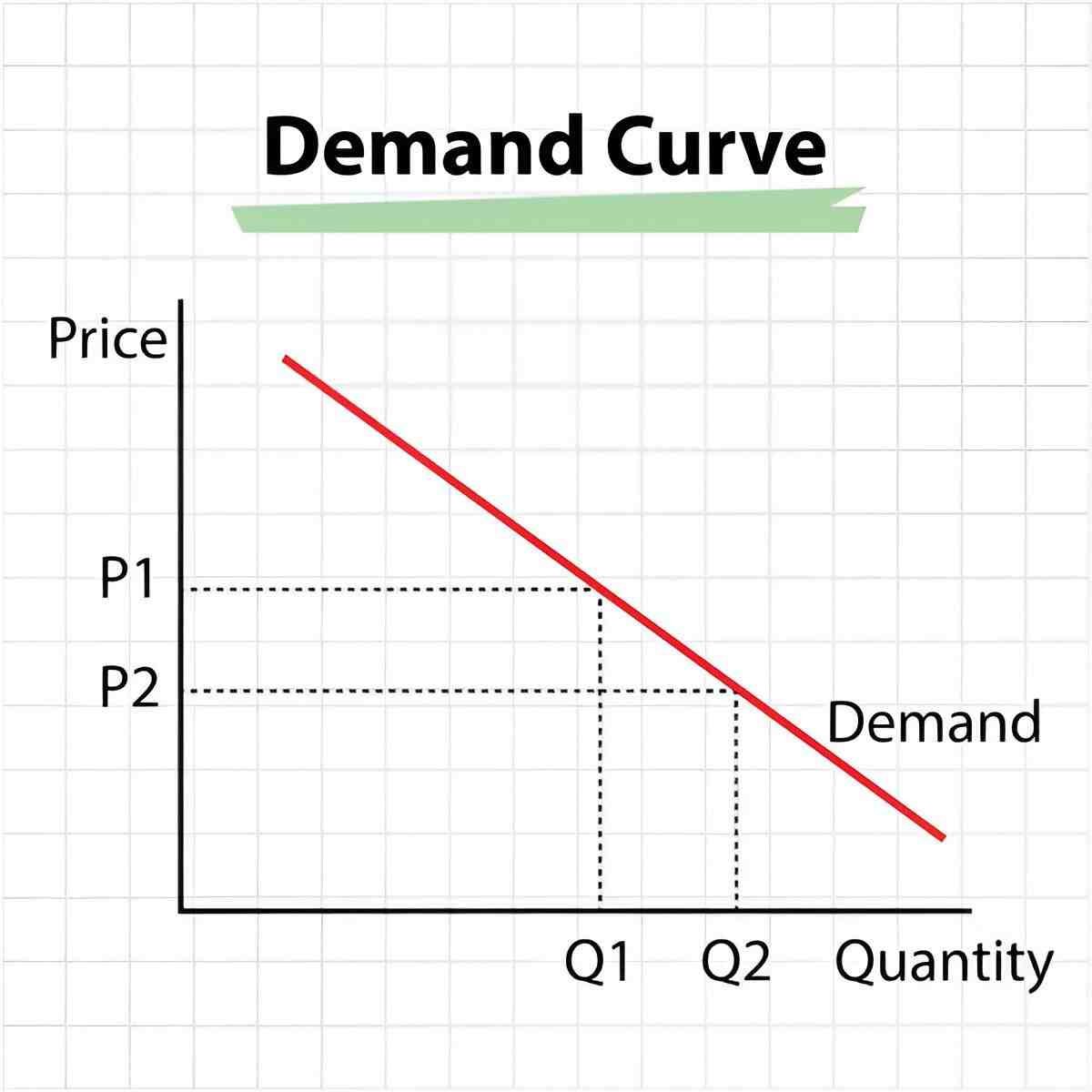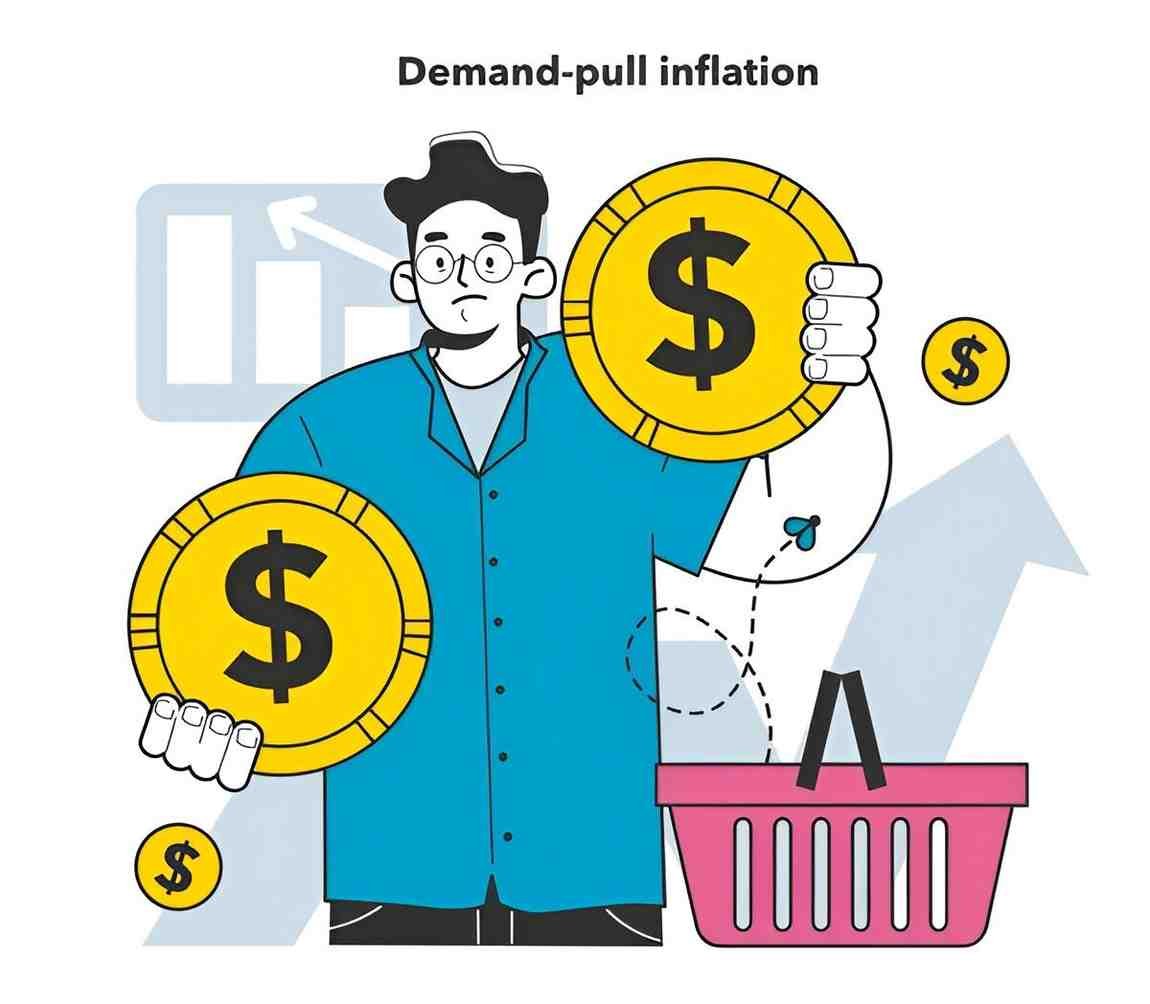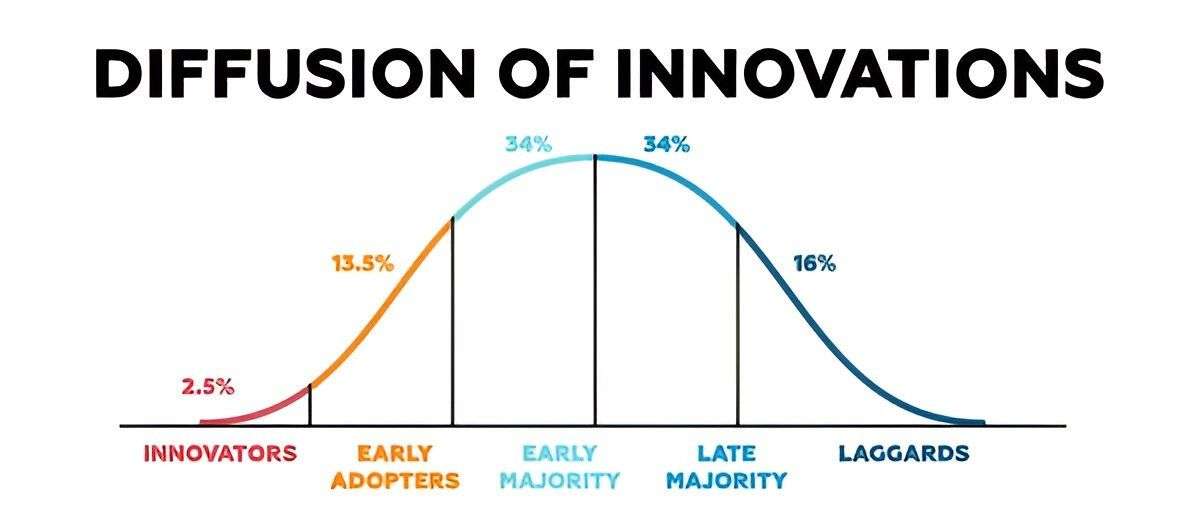Understanding Demand Curve: Definition, Examples, and Analysis
A demand curve illustrates the relationship between the price of a good or service and the quantity demanded by consumers. It is a fundamental concept in economics that helps analyze how changes in price affect consumer behavior. Key Characteristics of a Demand Curve How Demand Curves Work Economic Principles Example of a Demand Curve Demand […]
Understanding Demand Curve: Definition, Examples, and Analysis Read More »










